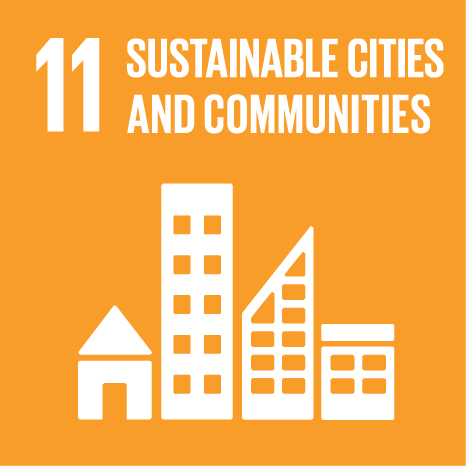Ciência_Iscte
Publications
Publication Detailed Description
Le Corbusier and the Immeuble-villas. The customer as a productive resource
Book Title
The 16th International Conference Proceedings. DOCOMOMO
Year (definitive publication)
2021
Language
English
Country
Japan
More Information
--
Web of Science®
This publication is not indexed in Web of Science®
Scopus
This publication is not indexed in Scopus
Google Scholar
This publication is not indexed in Overton
Abstract
In November 1922, in the Urbanism stand in the Salon d'Automne, in Paris, Le Corbusier first introduces the Immeuble-villas project. It arises as a new collective housing type, including private spaces – 120 flats – and community spaces – warehouse, central kitchen, restaurant, launderette, running track, solariums and sports, game, study and party facilities. In the first volume of his Œuvre Complète, Le Corbusier points out that Immeuble-villas was sketched “onto the back of a restaurant menu”. As always, Le Corbusier relativizes the creative process, by reducing it into an inspiration moment. However, a research at the Archives of the Le Corbusier Foundation uncovered a large set of documents. The amount of documentation available about this project shows that the design process has been far more complex. Apparently, the origin of the Immeuble-villas project dates back to the contact Le Corbusier established in 1922 with an important real estate society that was interested in constructing luxury buildings in Paris, where “French good taste is combined with the American sense of comfort”: the Groupe de l’Habitation Franco-Américaine. Le Corbusier did not have at the time any mandate for collective housing in Paris. He had just opened his studio – l’Atelier Le Corbusier – together with his cousin Pierre Jeanneret, in number 29 bis of the rue d’Astorg, and apparently saw in this real estate society the image of the informed client. Although this order did not succeed – as the group was involved in a fraud, breach of trust and breach of company law process – Le Corbusier continued to partner with potential investors, to look for clients to its apartments, and, above all, to develop this original project in detail for several years. The aim of this paper is to re-establish the hitherto unknown internal argument of this project – which was never built but that is at the origin of modern thought about housing and that plays, even today, a key role in the worldwide architectural production.
Acknowledgements
--
Keywords
Arquitectura,Le Corbusier
Contributions to the Sustainable Development Goals of the United Nations
With the objective to increase the research activity directed towards the achievement of the United Nations 2030 Sustainable Development Goals, the possibility of associating scientific publications with the Sustainable Development Goals is now available in Ciência_Iscte. These are the Sustainable Development Goals identified by the author(s) for this publication. For more detailed information on the Sustainable Development Goals, click here.

 Português
Português


